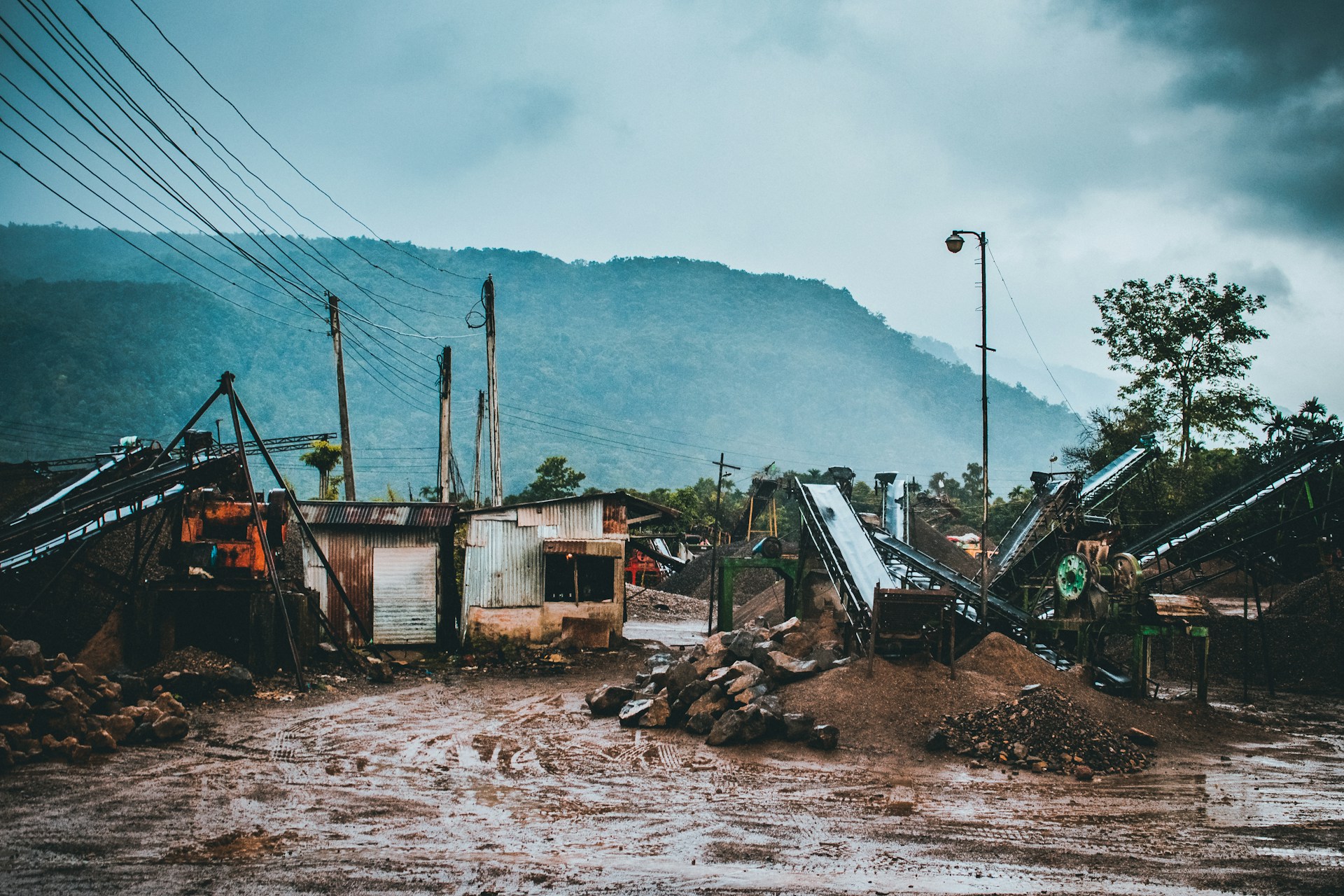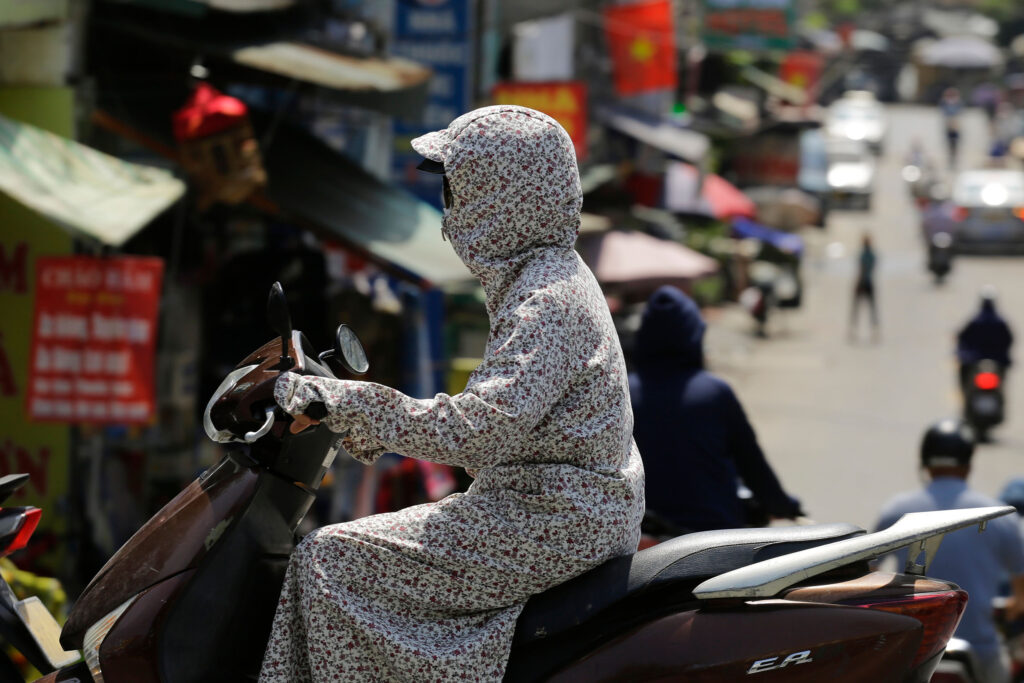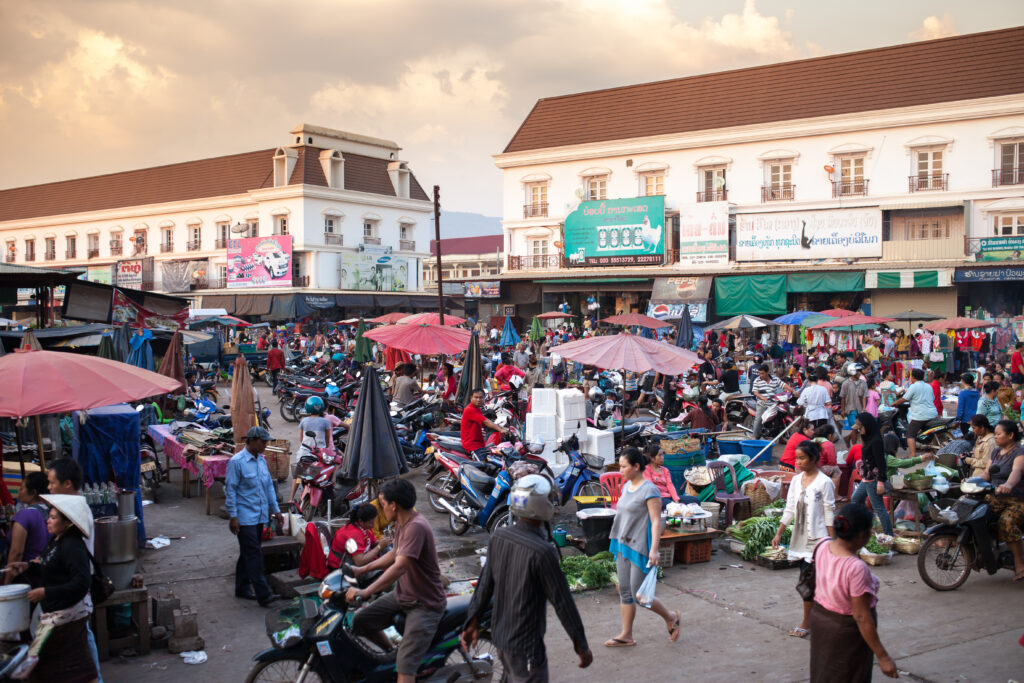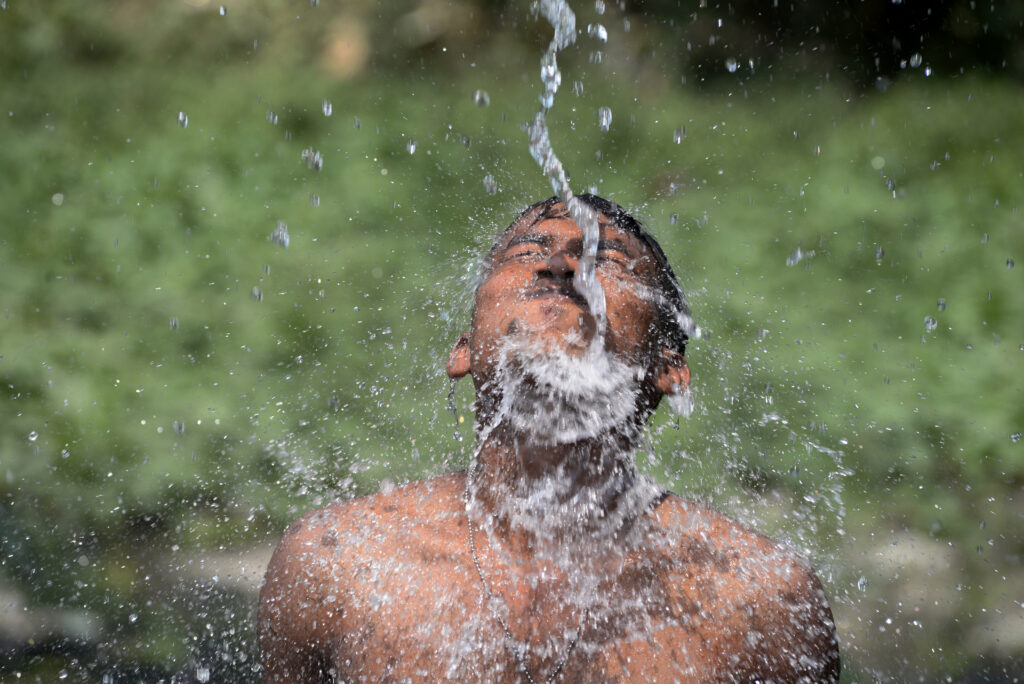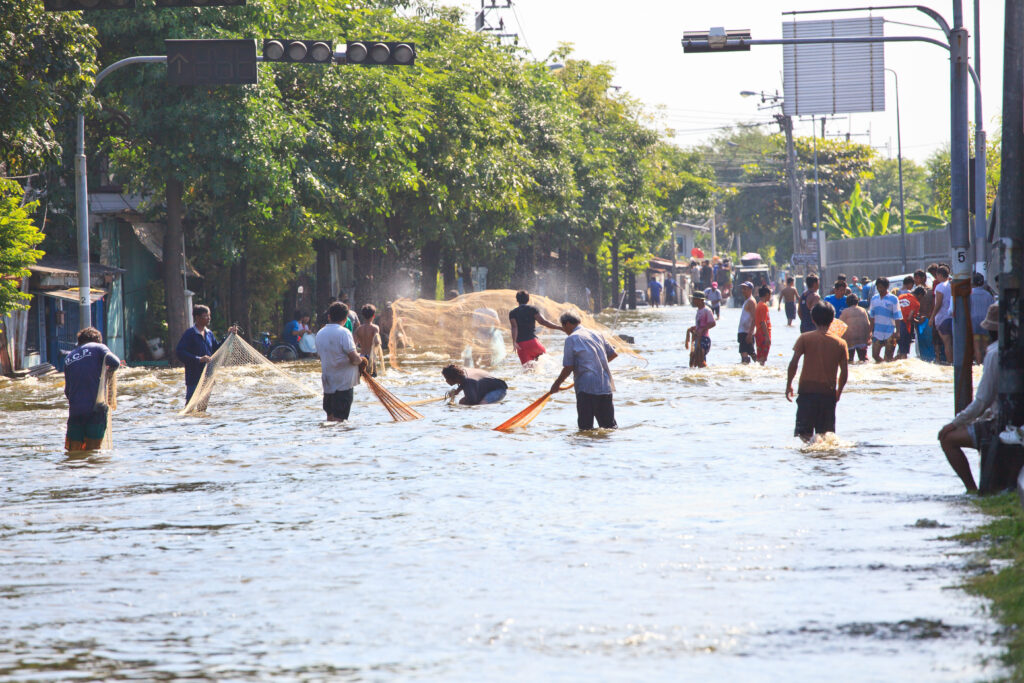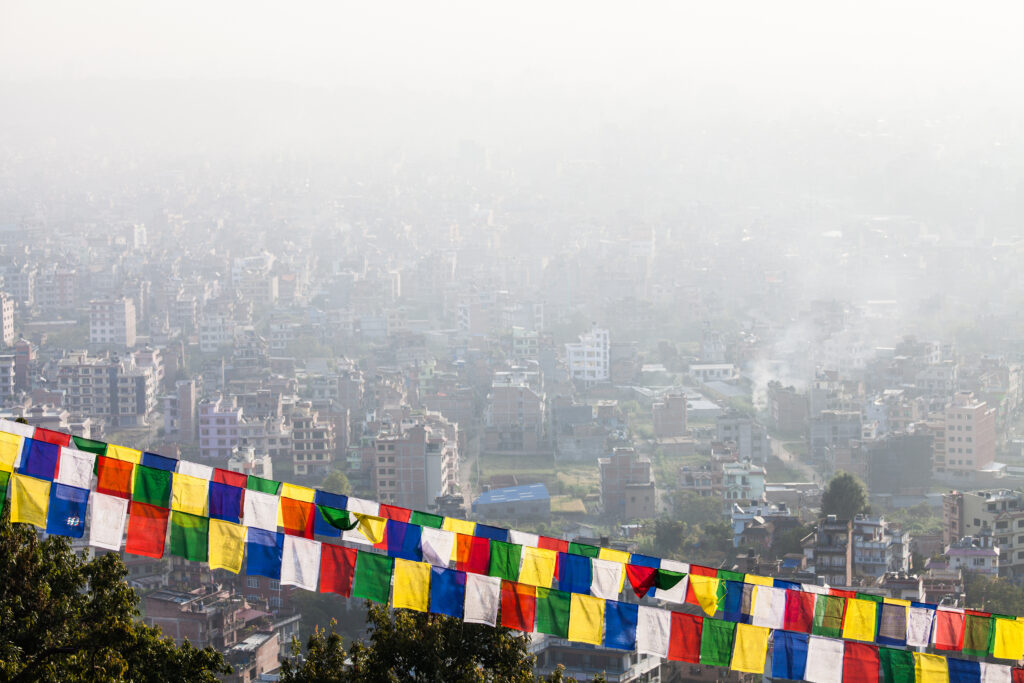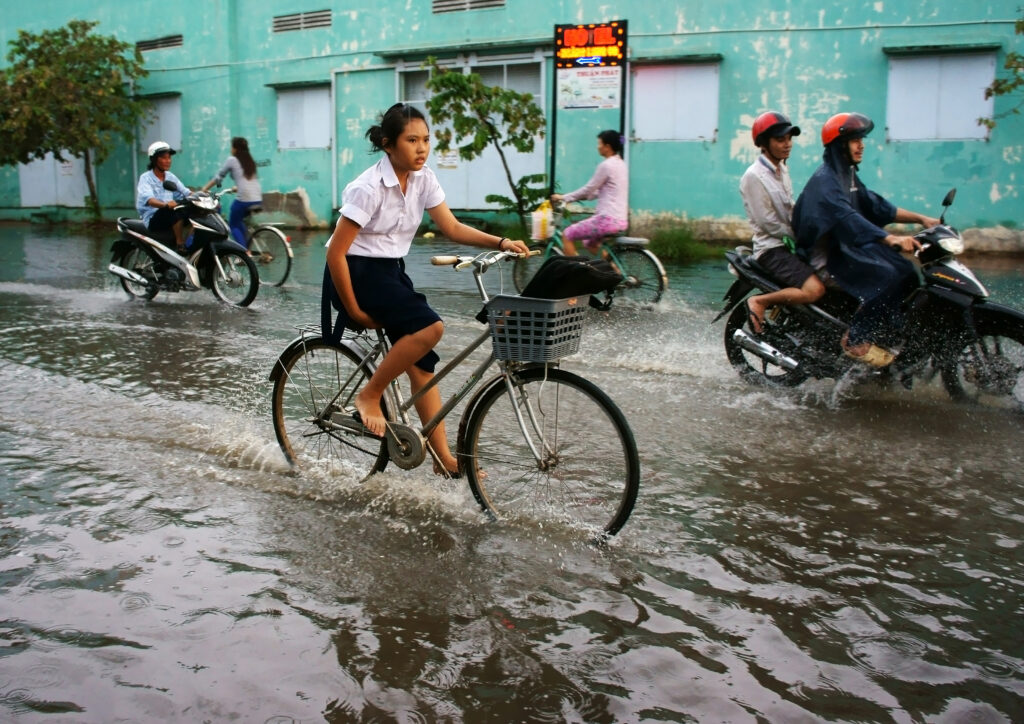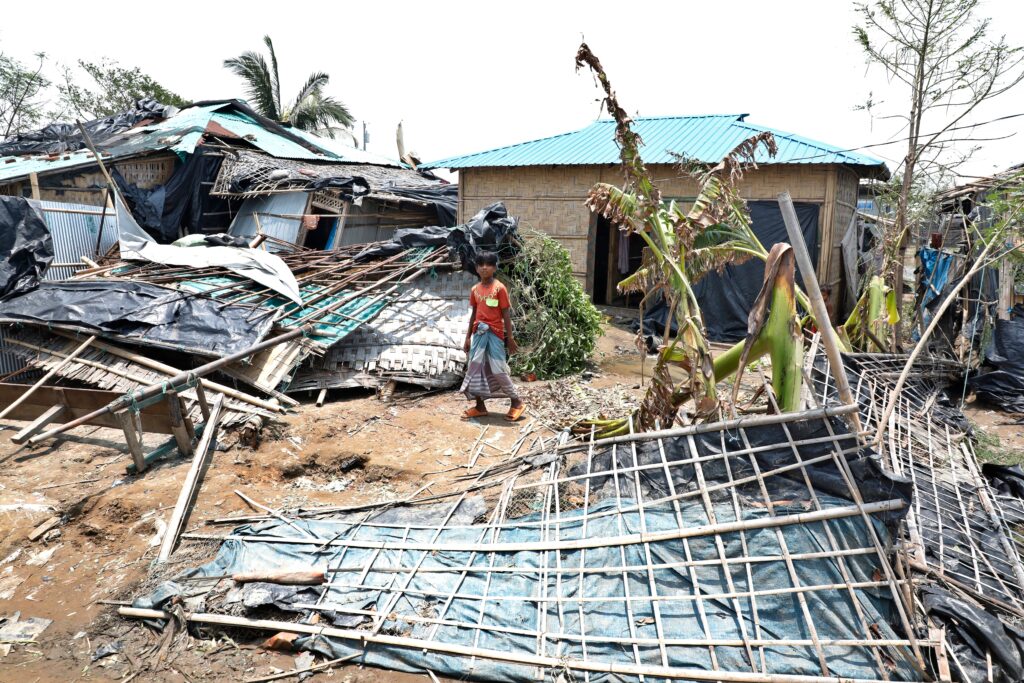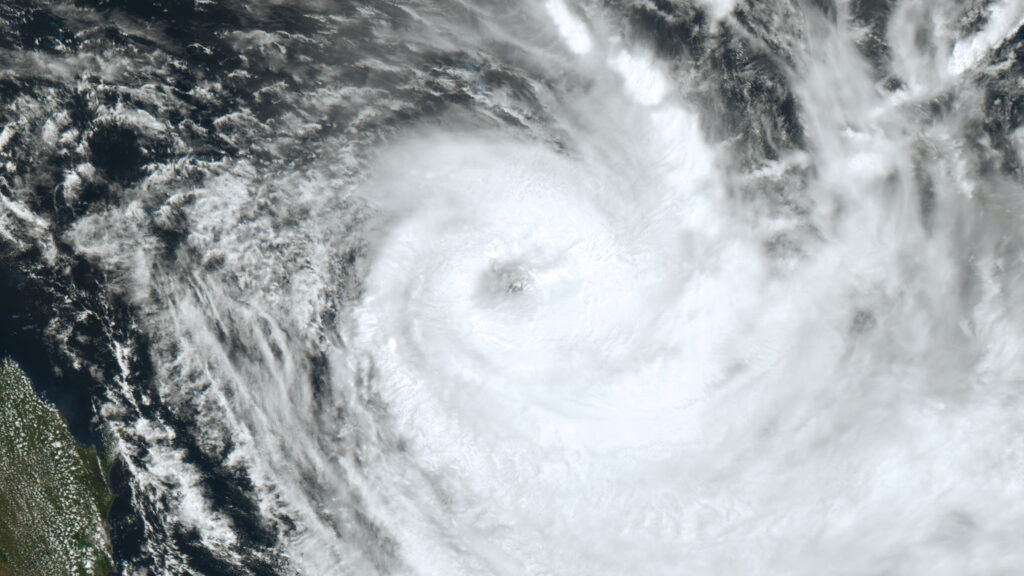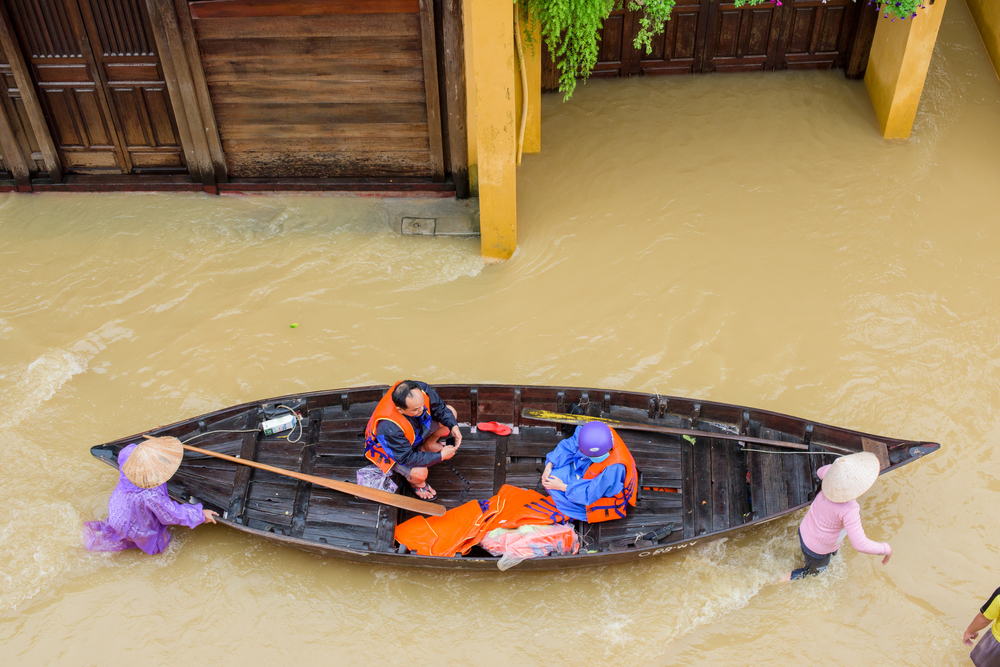Climate action in India is crucial for the country. The Indian Meteorological Department (IMD) said that India will experience a heatwave between April and June. The central and western regions will be the worst affected. However, unlike previous heatwaves, this one is likely to last significantly longer – up to 20 days, compared to the normal four to eight days, the IMD warned.
“It is going to be very challenging for all of us. Since we are the most populous country in the world and face extreme weather conditions, it makes it absolutely necessary for India to prepare in advance,” said India’s Union Minister for Earth Sciences, Kiren Rijiju, about the expected weather changes at a press conference in April.
The predicted duration of the heatwave coincides with the country’s 2024 parliamentary elections, when over 1 billion people go to the ballots.
The situation has a symbolic implication, serving as a stark reminder that climate change’s escalating urgency should be a central part of the political narrative.
The heatwave and the general elections, like those before them, will pass. However, the climate issues remain. How the next leadership decides to deal with them is crucial.
India Reminded of Its Climate Change Vulnerability
India is the seventh-most vulnerable country to climate extremes in the world, and 2023 highlighted this.
The country broke many regional all-time temperature records, experiencing its hottest February in over 100 years. In some regions, the average daytime temperature was as much as 3.4°C above the norm. India’s southern peninsular experienced the hottest June in its history. August, September and November marked the highest temperatures since 1901.
According to the Centre for Science and Environment, India suffered from weather disasters almost daily from January to September 2023. Among them were heatwaves, storms, extreme rainfall and floods. The authors’ conservative estimates reveal that these events have caused almost 3,000 human and 92,000 animal deaths. They also destroyed nearly 20,000 square km of crops and 80,000 homes. The study found that an extreme event, once likely every 100 years, has begun to occur every five years or less.
Extreme rainfalls and the accompanying landslides and floods have also been a growing problem recently. In 2023, days of downpours triggered deadly landslides and flooding in the Himalayas, killing over 70 people. In 2022, 95% of India’s extreme weather deaths resulted from thunderstorms, lightning and heavy rainfall.
While natural patterns like the El Niño and La Niña have contributed to weather abnormalities, scientists note that climate change is the primary precursor.
According to findings by the World Weather Attribution (WWA) group, human-induced climate change made the deadly heatwave India and Pakistan experienced in 2022 30 times more likely.
Еxperts claim that it also altered seasonal variability and is the leading cause of severe flood events. The monsoon has become more erratic and unpredictable, bringing both extreme rainfall and sudden drought. For reference, India’s drought-prone area has increased by 57% since 1997, while instances of heavy rainfall have risen by almost 85% since 2012.
However, in India, when it rains, it pours. Since the rains are no longer predictable, there are cases where clouds can grow rapidly and deposit excessive rainfall in an hour over a small area, increasing the risk of flash floods. In December 2023, for example, Chennai experienced over 40 cm of rainfall within a 48-hour period. It resulted in the loss of more than a dozen lives and extensive infrastructure damage in several cities.
More Worries Ahead: Extreme Weather Events in India Risk Becoming the Norm
The temperature records are “tumbling like dominoes,” explains Samantha Burgess, deputy director of the Copernicus Climate Change Service, regarding 2023. The trend is likely to continue, potentially breaking the 1.5°C target.
According to the UN, the world is on course for a 2.9°C temperature rise by 2100. However, fully implementing conditional NDCs would lower this to 2.5°C.
While these projections concern all countries, the IPCC considers India among those likely to suffer the worst impacts.
Predictions indicate that heatwaves will affect more than 300 million Indians by 2050. According to scientists, the most vulnerable will be outdoor workers, like construction workers, farmers and fisherfolk. Poorer communities that consequently lack access to consistent electricity and cooling will also be affected, exposing them to prolonged heat stress.
Regarding the extent of the problem, some studies project more severe and frequent heatwaves, with a potential temperature increase of between 1.2°C and 3.5°C. Others anticipate warming to hit 2-4°C by the end of this century.
The Implications for India
At 4°C of warming, an extreme, wet monsoon, which currently has a likelihood of once in 100 years, will occur every 10 years by 2100. Dry years will become drier, and wet years will become wetter, triggering more frequent droughts and significant flooding.
At a 3°C temperature increase, about 90% of the Himalayan Region will experience droughts lasting over a year.
At 2.7°C warming, up to 600 million people in India would be exposed to extreme heat.
While some regions are particularly vulnerable to extreme weather impacts, like the Himalayas, for example, researchers have identified around 75% of India’s regions as extreme weather event hotspots.
The problems don’t stop at only heatwaves and rainfall. Rising sea levels are another problem that densely populated metropolitan areas, such as Kolkata and Mumbai, will have to deal with on top of the flooding risk from tropical cyclones and river flooding. By 2050, 80% of Mumbai could end up underwater due to rising sea levels.
Due to its proximity to the equator, India is anticipated to experience higher sea-level rises than regions at higher latitudes. This poses significant threats to coastal cities, with saltwater intrusion adversely affecting agriculture, degrading groundwater quality and potentially increasing waterborne diseases. In fact, according to the IPCC, the rising sea level is the most perilous risk for India. The scientists warn that, by the end of the century, approximately 12 coastal cities, including Mumbai, Chennai, Kochi and Visakhapatnam, could be submerged by almost a metre.
According to a study by XDI, India will be the third most at-risk country from climate change impacts in 2050. It will also have the highest number of hospitals at risk of closure due to extreme weather in the world.
The 2024 Elections in India: Climate Change Should Be a Top Priority For Parties
The importance of parties prioritising climate change on their election agendas is highlighted by the fact that India houses the largest population at risk of climate change-induced abnormalities. Experts warn that eight of every 10 Indians are vulnerable to extreme weather.
Furthermore, climate change is indirectly linked to many crucial sectors, including health care, economic development, education, unemployment, energy and more. Its impacts risk exacerbating existing problems like the water and sanitation crisis, the growing frequency of forest fires and the increase in the internal displacement of climate refugees, which so far stands at 4.9 million.
Having climate change high on political parties’ election agendas is also crucial for votes. Most Indians, especially the younger and more environmentally conscious, are aware of climate change’s implications and the importance of urgent action. According to a Yale Program on Climate Change Communication survey, 84% said they believe climate change is real. Most also say it stems from anthropogenic activities.
Furthermore, studies find that extreme weather events before an election year in India can increase voter turnout and influence the outcome.
The most pressing post-election priorities for the next Indian leadership include the following.
Heatwave Preparedness
The Indian government has made strides in climate change action, including developing heatwave action plans in some states and implementing reliable early-warning systems that provide information at least a week in advance. Such plans have helped reduce casualties by informing hospitals to prepare for a potential increase in the number of patients, as well as warning the communities to stay indoors ahead of time and asking them to keep hydrated.
However, strengthening local disaster preparedness and climate-proofing livelihoods, infrastructure and the economy further are critical.
According to Dr. Friederike Otto, a researcher at Imperial College London and co-lead of WWA, while the importance of heatwave preparedness has been recognised, the implementation of heat action plans remains slow and needs to be an “absolute priority adaptation action everywhere”.
Addressing scientists’ warnings is critical, considering that the extreme temperature abnormalities in India are now creating conditions close to the limits of human survivability. And looking at the mercury alone doesn’t tell the whole story. Scientists warn that the combination of extreme heat and elevated humidity, which has been the case in previous heatwaves in India, creates wet bulb conditions, where temperature values of 30-35°C can become life-threatening. Currently, this remains out of IMD’s definition of a heatwave, which focuses mainly on temperatures.
Flood Protection
When it comes to weather events, rainfall-related catastrophes cause the most loss of life in India. The IMD is said to have the best set-up in South Asia for forecasting storms before they develop. Yet, just 25% of India’s districts have early warning systems, with 72% being exposed to extreme flood risk. In terms of the share of the population, just 33% are covered by a flood early warning system, while 66% are at risk of a similar disaster. Due to this, schoolchildren, teachers and other residents have taken the initiative. They are making daily and hourly measurements during storms or increased rainfall and issuing flood alerts through apps like WhatsApp.
Urban infrastructure and land loss also remain problematic. Over time, they have negatively impacted local water cycles, especially in and around big cities.
Planning Water Use
India is already facing a major water crisis, with approximately 600 million people experiencing high to extreme water stress. Among the leading reasons are melting glaciers, rivers getting drier and depleting groundwater.
The country ranks 141 out of 180 in the Yale University unsafe drinking water index. Close to 70% of its water isn’t suitable for drinking.
The unstable precipitation forecasting, the growing impacts of climate change-induced drier conditions, and the saltwater intrusion into groundwater due to sea level rise will further worsen the water stress problem for the population and the agriculture sector. According to the World Bank, over 60% of India’s agriculture is rain-fed, making it highly dependent on groundwater.
This motivates the need to prioritise the efficient use of groundwater resources, improve sanitation policies and make significant investments in water storage capacity to avert health and agricultural crises.
Air Pollution
In 2023, 83 of the top 100 most polluted cities were in India. Furthermore, all exceeded the World Health Organization’s air quality guidelines by over 10 times.
According to IQAir’s 2023 Air Quality report, the average concentration of PM 2.5 in New Delhi was 92.7 micrograms. For reference, the WHO recommends no more than five. According to a Chicago University study, Indians living in Delhi lose 12 years of life due to air pollution. In total, outdoor air pollution causes over 2 million deaths per year in India.
High temperatures, which tend to worsen air pollution levels, will further exacerbate the toxic air problem. While short-term measures like heatwave plans can reduce deaths, scientists are clear: the most effective solution is to phase out fossil fuels.
More Ambitious Climate Policies
India will see the biggest increase in emissions under the current policy scenario. Without more ambitious climate policies, these emissions will fuel the impacts of climate change that are already threatening its population.
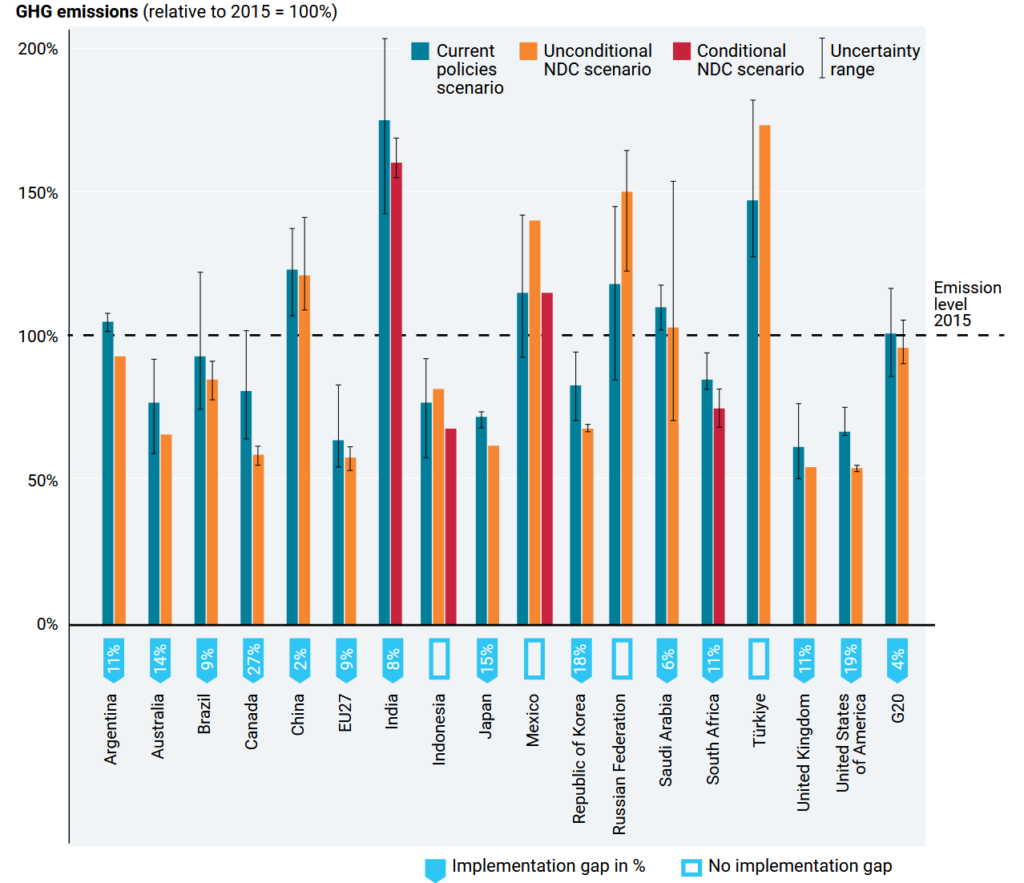
Climate Action Tracker’s overall rating of India’s climate targets and actions is “highly insufficient.” It notes that if all countries followed the same approach, warming would reach over 2°C and up to 3°C.
Estimates reveal that, under a business-as-usual scenario, heatwave frequency in the country might increase 75-fold by 2100. Meanwhile, up to 21 million people could suffer from devastating floods by 2050 in a high-carbon pathway.
Limiting global warming to 1.5°C can avoid 80% of India’s heat stress exposure. And the only way to do this is by introducing aggressive emissions reduction policies.
Prioritising Climate Action Crucial, Regardless of Which Party Wins the Elections
Roads melting under high temperatures, scorched farmland, people collapsing from heat stroke and floods taking away lives, homes, and infrastructure have become a recurring theme for India’s past few summers. Unless climate change mitigation and adaptation efforts are scaled up urgently, scientists warn that the situation will only worsen. When the polling stations open on April 19, voters will be lining up with that thought in mind.
Viktor Tachev
Writer, Bulgaria
Viktor is a writer that specialises in green finance and ESG investment practices. He holds a Master's degree in financial markets and has over a decade of experience working with companies in the finance industry, along with international organisations and NGOs. Viktor is a regular contributor to several publications and comments on the likes of sustainability and renewable energy.
Viktor is a writer that specialises in green finance and ESG investment practices. He holds a Master's degree in financial markets and has over a decade of experience working with companies in the finance industry, along with international organisations and NGOs. Viktor is a regular contributor to several publications and comments on the likes of sustainability and renewable energy.

